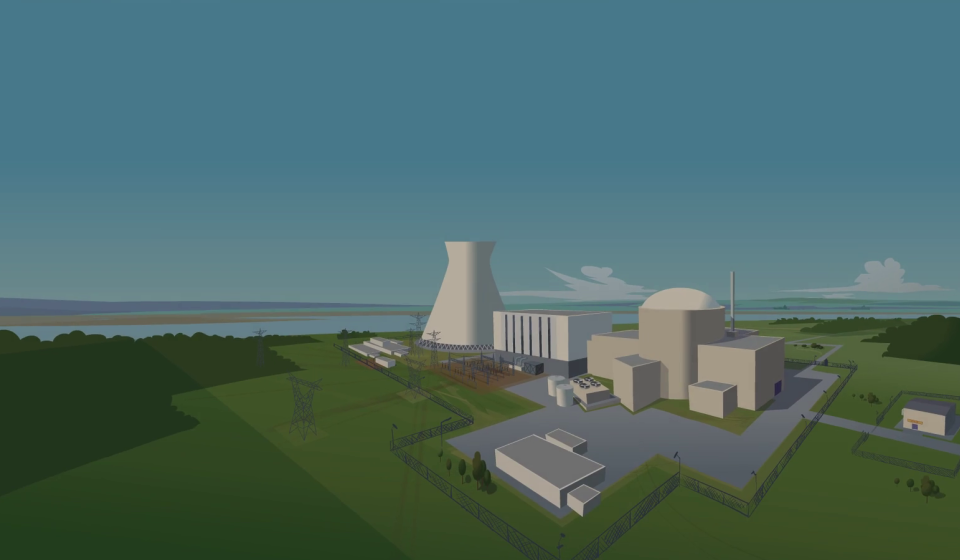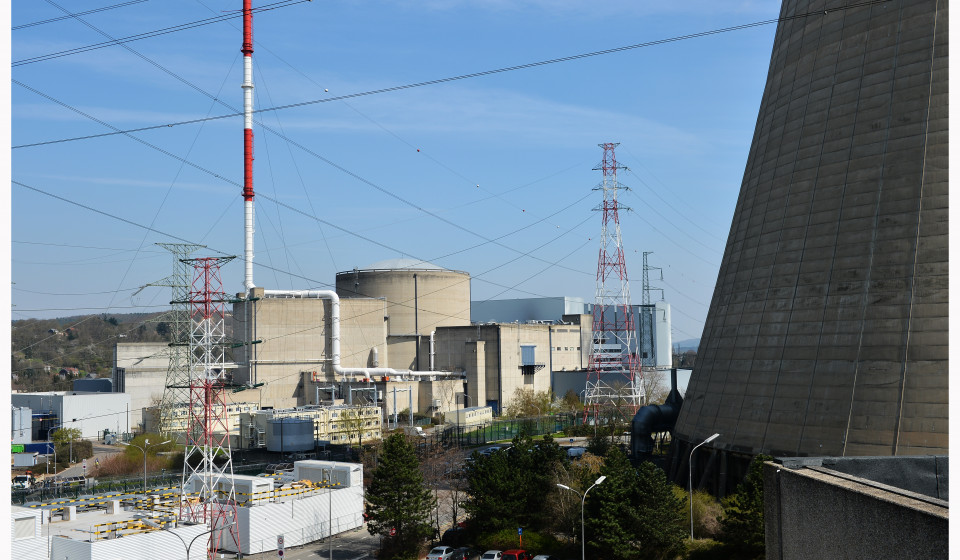Shutdown of Tihange 1
The Tihange 1 nuclear power plant, which is 50% owned by ENGIE and 50% by EDF Belgium, was permanently disconnected from the grid on September 30, 2025, after 50 years of safe electricity production. Tihange 1 is the 4th Belgian nuclear reactor to be permanently shut down, after Doel 3, Tihange 2 and Doel 1.
50 years of Tihange 1 in figures
More than 327 billion kWh electricity produced
2386 fuel elements used
More than 15,480 days available on the grid
154 million tons of CO2 emissions avoided
Hundreds of employees involved over the years
A bit of history
Construction of Tihange 1 began in September 1969. This PWR-type reactor (Pressurized Water Reactor) was built in collaboration with France for SEMO (Société belgo-française d'Énergie Nucléaire Mosane), a company equally owned by EDF and Electrabel.
Tihange 1 was built on the right bank of the Meuse River, near Huy and 25 km southwest of Liège, and was equipped with the latest model reactor from Westinghouse, built by a consortium of ACEC (Belgium) and Framatome (France), and with 2 turbo-alternator groups, also built by a Belgian-French consortium. The plant has a net electrical capacity of 870 MW.

| September 1, 1969 | Start of construction work on Tihange 1 |
| February 21, 1975 | First reactor criticality (01:17 AM), first nuclear chain reaction initiated in the reactor. |
| March 7, 1975 | First grid connection (11:51 PM) and first kWh delivered by Tihange 1 |
| July 1, 1975 | Operation at full power, delivering 870 MW net electrical output |
| August – November 1986 | First ten-year overhaul |
| December 22, 1988 | Inauguration of the new training simulator following the incidents at Three Mile Island and Chernobyl |
| May 1990 | Commissioning of a new natural draft cooling tower |
| 1992 | Tihange 1 reaches a cumulative production of 100 TWh, becoming the 3rd plant in the world to achieve this milestone |
| June 1995 | Replacement of steam generators (SG), increasing power from 870 to 931 MW during the ten-year overhaul |
| September 1999 | Replacement of the reactor vessel head |
| October 1, 2015 | Start of Tihange 1 LTO (Long-Term Operation) |
| September 21, 2016 | Inauguration of the new Tihange 1 simulator |
| September 30, 2025 | Permanent shutdown of Tihange 1 |
What comes next
With the permanent shutdown of Tihange 1, a new phase begins in the lifecycle of this nuclear power plant: the post-operational phase. This phase is a necessary part of the decommissioning process. It begins when the reactor is permanently shut down and ends when all fuel elements and as much radioactivity as possible have been removed from the installations. The goal of the permanent shutdown phase is to prepare the installations for dismantling.
Specifically, the permanent shutdown phase includes unloading the reactor and transferring the fuel to deactivation pools. It also includes decontamination of the primary circuit and transfer of the fuel to temporary storage buildings. The removal of filters and resins, final rinsing of pipes and pools, and disposal of waste, effluents and hazardous materials also take place in this phase.
Electrabel then proceeds with the actual dismantling of the nuclear power plant. Much attention is given to the ‘big four’: dismantling the reactor and its internal parts, the protective concrete structure around the reactor vessel, and the primary circuit including the steam generators. In addition, all pipes, cables and other equipment are removed, and the necessary infrastructure is built to process the materials and waste from the dismantling.
Only when Electrabel has removed all traces of radioactivity does the final phase begin, with the complete demolition of all remaining structures.

